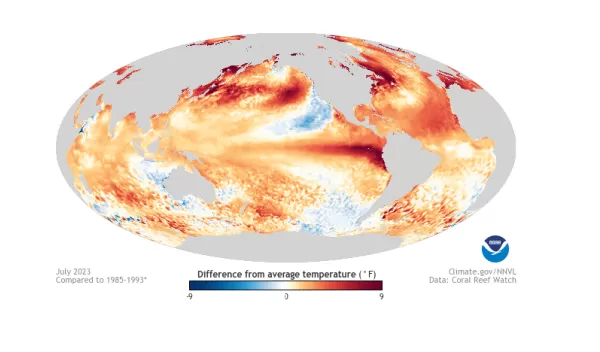
Scientists extend El Niño forecasts to 18 months in advance
From 2023 to 2024, the world experienced a major El Niño event, affecting everything from global weather and climate to ecosystems and economies. Now, with U.S. National Science Foundation support from three grants and a new modeling approach, researchers at the University of Hawaii at Mānoa and other institutions can forecast El Niño-Southern Oscillation (ENSO) events as much as 18 months in advance — a major improvement to conventional climate model forecasting. The findings were recently published in the journal Nature.
Traditional operational forecasting models have been able to successfully predict ENSO events with lead times of more than one year. Researchers have been working for decades to change that. The new extended nonlinear recharge oscillator model — or XRO model, as scientists refer to it —offers an opportunity for more accurate and longer lead time El Niño predictions and global climate model improvements, the researchers say.
"El Niño affects the lives of Americans, and those around the world," says Yolande Serra, a program director in NSF's Division of Atmospheric and Geospace Sciences, which funded the research along with NSF's Division of Ocean Sciences. "The ability to accurately forecast this phenomenon's arrival months earlier," says Serra, "is important to understanding global precipitation patterns."
